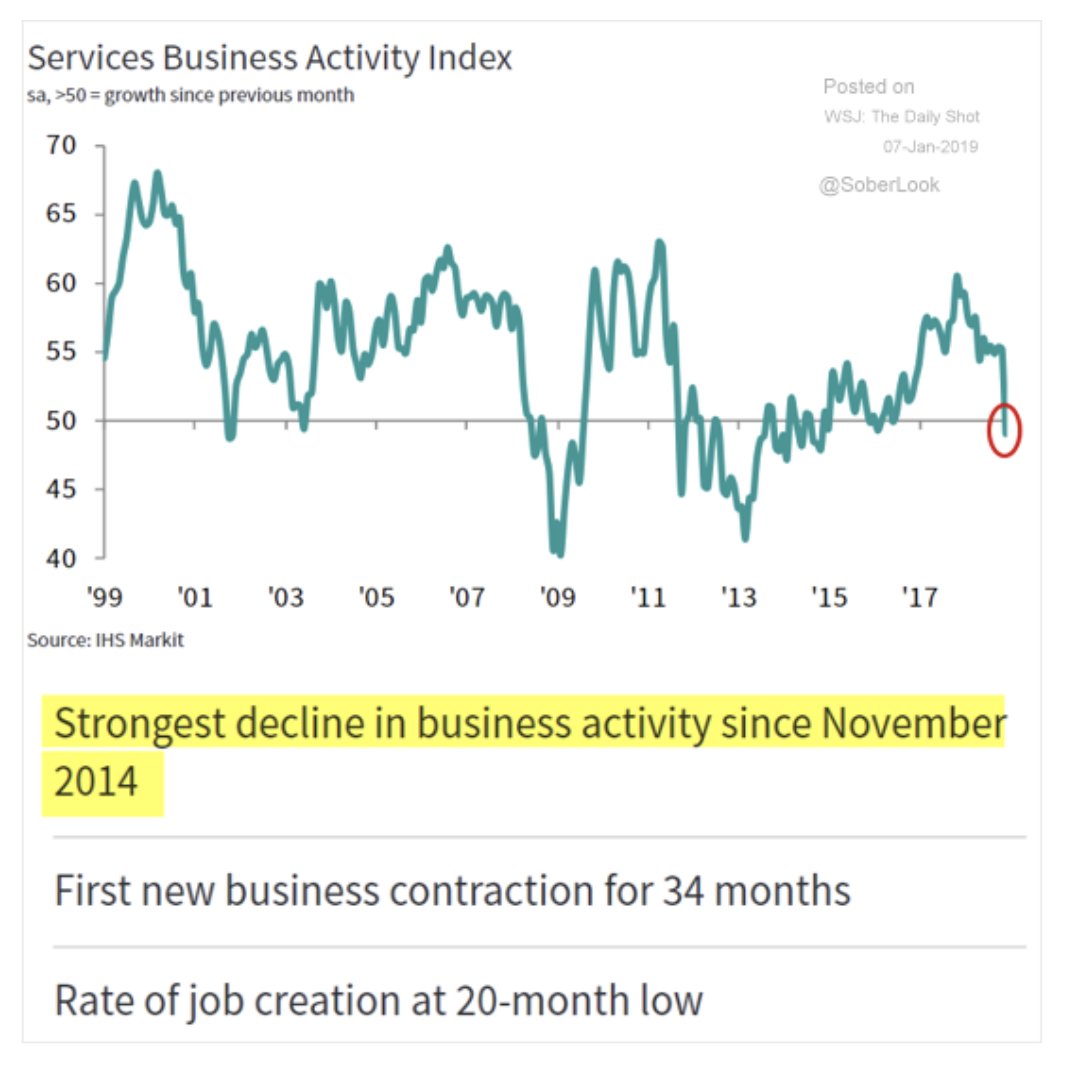Indiacharts writes….We are a world under pressure. It is brewing below, the Nifty cannot see it, and bank nifty thinks banks will make money even if there is a slowdown in consumption. But global growth has given in and the pressure is not going away any time soon.
Few are watching the French revolution and it is a surprise as Italy should have been the one on the streets. But social mood develops in crowds and it takes one leader to identify that trend. The roots may lie in the poor French economic data

A few days ago then CMIE released a follow up to its June data that again shows slowing projects growth just when the street is talking about a Capex revival. I am not sure if the two are linked as the Capex talk also comes on the back of capacity utilisation levels. But for now we have this

and simultaneously we have no new project announcements. With elections around the corner I do not think we will see a change in these trends very fast as the government plays a role on this front.

On the other hand this chart from Hedgeye.com goes on to explain why the recent wage growth data is ominous. I showed the wage inflation chart in the Long Short report and the first thought that comes to mind is Stagflation. But there is a more important point to that. the wage inflation itself can become cause for an earnings contraction if you look at the impact on margins here during late-cycle.

All of that then feeds into earnings expectations eventually. This time around it started from countries other than the US but is now getting built into expectations, source twitter posts.

We are rejoicing in the headlines that tell us that our growth is bigger than the rest in % terms. Furthermore the troubles in Europe recently led to the Market Cap of Germany falling below the Market Cap of India. Unusual for a country that hardly would stand a chance to compete against German exports because of both pricing and technology. Germany commands a premium for a lot of its equipment for that reason. It is not on a price war based on labor arbitrage, like India.
But the business cycle today has created an unusual difference that does not even mean that our per capital incomes are comparable. But in a world where capital must find the cleanest shirt to hide in, the result is a record valuation premium.

But how long does it take a white shirt to get stained especially if you are playing in the same arena. The dirt will fly and you cannot escape it forever. As we are about to find out. Several Research houses are cutting back forecasts for the Dec-2018 quarter on earnings but still maintaining 25%+ growth for FY2020. This after doing so repeatedly for 3 years in a row. Now it is banking a lot on base effects and sure that is just math, but is it reason enough? [chart as reported in ET]

One data point that just came in last week is the Debt to GDP ratio after adjusting for latest NBFC data in the RBI report released a week ago. I peg it at 161% of GDP govt+Bank+NBFC debt combined for FY2018. The surprise number however is going to be for NBFCs in FY2019, as the first half into SEP shows almost 100% growth in new loans and advances. In % terms NBFC credit to GDP is now a sizeable 20% this year. Yes that is where the economic growth for this year came from then. After all in a credit based economy credit=growth.

Indian valuations more a function of domestic flows as earnings growth has not been that strong and returns driven by rerating. If domestic flows slow that will be some serious downside along with the question of elections which like you pointed out is critical for capex revival.